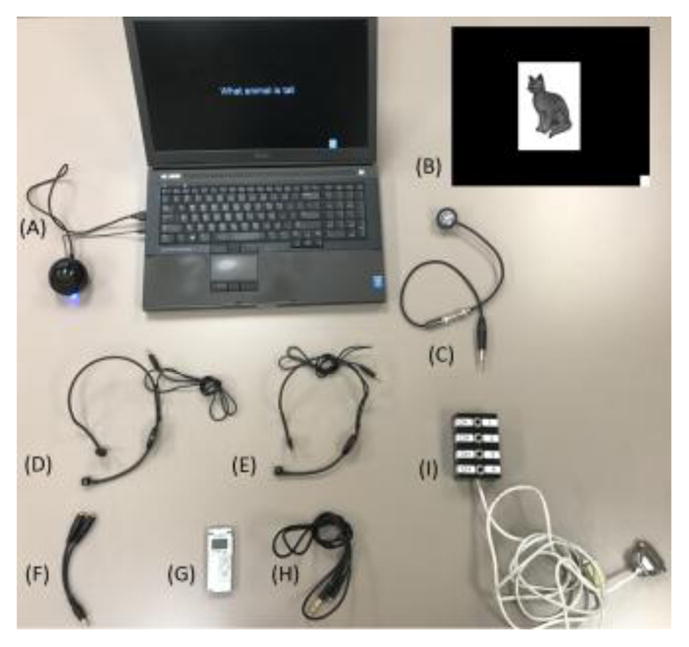Figure 3. Our hardware setting for measurement of auditory and picture naming-related high-gamma augmentation.

(A) A single regular laptop computer can deliver standardized auditory stimulus sets which can work through Microsoft PowerPoint software (Supplementary documents S1–S7). (B) An example of picture stimulus is presented. A small white square on the right lower corner appears at stimulus onset and disappears at stimulus offset. (C) The photosensor (Newport Research, Fountain Valley, CA, USA) accurately delivers the timing information of stimulus presentation to the DC input, by detecting a white square appearing together with each picture stimulus. (D and E) Hands-free microphones are secured in front of the patient’s mouth as well as in front of a computer speaker. (F) The bifurcated cable connects between microphones and the voice recorder. (G) Olympus Digital Voice Recorder (Olympus America Inc, Hauppauge, NY, USA) constantly delivers amplified sound signals to the DC input. (H) The stereo cable connects between the voice recorder and the DC input. (I) The DC input is a part of the Nihon Kohden ECoG acquisition system.
